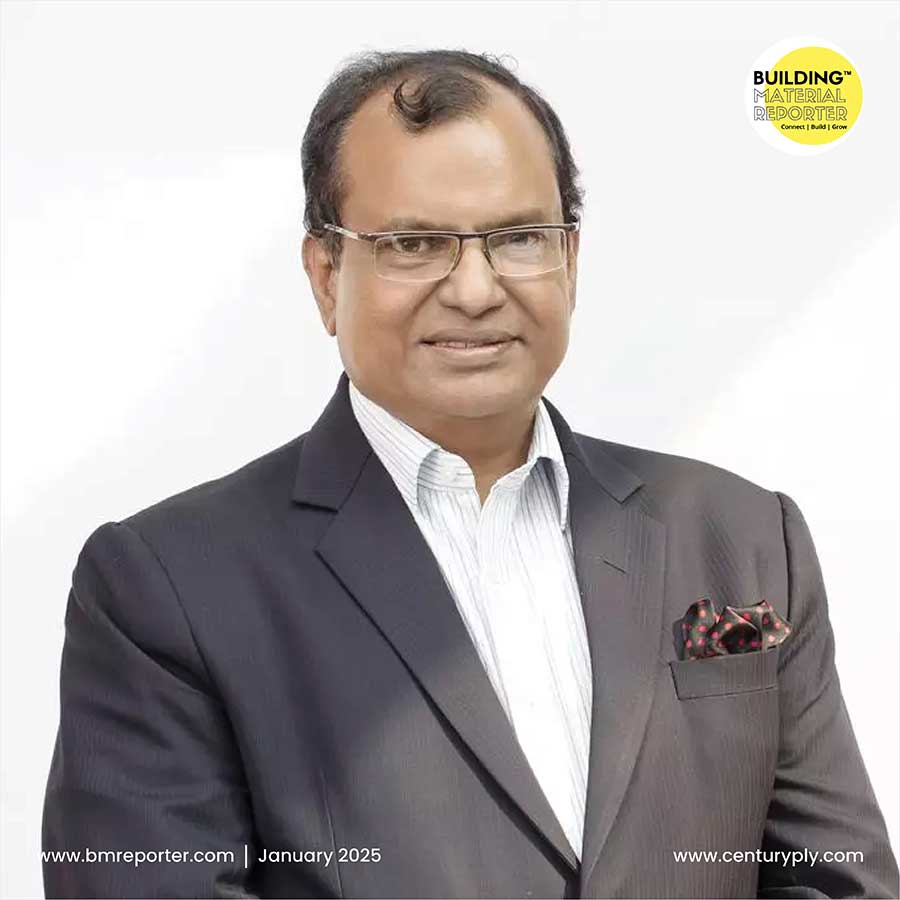Discovering the Submerged Architectural Marvel- Dwarka
- February 26, 2024
- By: Yukti Kasera
- NEWS
(6).jpg) One of India's seven sacred pilgrimage sites, Dwarka, is important from both an archaeological, architectural, and religious perspective. Situated in Gujarat state at the westernmost point of the Saurashtra peninsula, Dwarka holds significant religious value as one of the four main holy sites. It is among the seven holy towns that should be visited. The historical and archaeological context of Dwarka, however, is unknown.
One of India's seven sacred pilgrimage sites, Dwarka, is important from both an archaeological, architectural, and religious perspective. Situated in Gujarat state at the westernmost point of the Saurashtra peninsula, Dwarka holds significant religious value as one of the four main holy sites. It is among the seven holy towns that should be visited. The historical and archaeological context of Dwarka, however, is unknown.
(4).jpg) Known as the “ancient kingdom of Krishna” in the epic Mahabharata, the city was once a fortified city spanning nearly 84 km at the confluence of the Gomti River and the Arabian Sea. It was believed that the ancient city submerged under the Arabian Sea when Krishna passed away. Archaeologists and historians are searching for proof that the magnificent kingdom of Krishna, the vanished city of Dwarka, ever existed. Remains of Dwarka city is still the talk of the town.
Known as the “ancient kingdom of Krishna” in the epic Mahabharata, the city was once a fortified city spanning nearly 84 km at the confluence of the Gomti River and the Arabian Sea. It was believed that the ancient city submerged under the Arabian Sea when Krishna passed away. Archaeologists and historians are searching for proof that the magnificent kingdom of Krishna, the vanished city of Dwarka, ever existed. Remains of Dwarka city is still the talk of the town.
A Legend or a Myth?
The ancient Mahabharata epic contains the most well-known legend regarding the lost city of Dwarka. Similar to Atlantis, Dwarka is supposed to have submerged under the ocean at some point in the far past. But in contrast to Atlantis, whose ruins have never been found, there may be traces of this ancient kingdom down below.
The Kali age started on the day that Krishna left Earth to join the spiritual world after 125 years, according to the Mahabharata's 23rd and 34th stanzas. The city was then flooded and submerged by the Arabian Sea. The god of the sea reclaimed the land, destroying Dwarka, the lost city, but leaving Lord Krishna's palace intact. Additionally, it is said that the flying machine Vimana attacked the lost city of Dwarka.
The Reality
The first excavations of Dwarka city of Krishna were conducted in the 1930s, roughly a century ago, on the island of Bet Dwarka, which is situated in Gujarat's Jamnagar district about 30 kilometers north of the city of Dwarka today. In the 1960s, more excavations were conducted, but no conclusive findings were found. An additional excavation was carried out in 1979 by the Archeological Survey of India. In the process, the excavator found pottery that was made in the second millennium BC.
There was a structure that looked like a fortified foundation that archaeologists found. This implies that between 1983 and 1990, the old city walls had to have been constructed along the riverbanks. The location yielded more than five hundred antiques.
(5).jpg) One theory holds that the lost city of Dwarka was submerged under water when sea levels rose, having been built on reclaimed land some 3500 years ago. Studies conducted by scientists have shown that the area's sea level has fluctuated greatly before stabilizing around 1000 CE. The causes of these shifting sea levels could range from coastal erosion to geological disturbances.
One theory holds that the lost city of Dwarka was submerged under water when sea levels rose, having been built on reclaimed land some 3500 years ago. Studies conducted by scientists have shown that the area's sea level has fluctuated greatly before stabilizing around 1000 CE. The causes of these shifting sea levels could range from coastal erosion to geological disturbances.
This is where a large number of anchors were found during the underwater archaeology at Dwarka. It said that Dwarka was an ancient port beneath the sea. It must have been involved in trade between Indian and Arabic regions between the fifteenth and eighteenth centuries, according to history, and the harbor area was once used for vessel anchoring. The Sanskrit word "Dwarka" means "door" or "portal," suggesting that this historic port city. It might have been a port of entry for foreign sailors visiting India. Now, archaeologists are getting ready for an underwater excavation to find the remains of the old city walls. There are a lot of facts about Dwarka city which are still being explored.
(2).jpg) Recently, Prime Minister Narendra Modi performed an underwater puja by plunging into the Arabian Sea off the coast of Gujarat. Renowned for its association with Lord Krishna, Dwarka was formerly a prosperous metropolis that is presently thought to have been submerged beneath the ocean for centuries. He explored Dwarka underwater city scuba diving also. Divers can see the underwater remains of ancient Dwarka that have been excavated by archaeologists off the coast of Dwarka. Lately, PM Modi also inaugurated UAE’s first Hindu Temple. Hopefully, a revival of ancient Indian Architecture is being seen in all upcoming architectural marvels.
Recently, Prime Minister Narendra Modi performed an underwater puja by plunging into the Arabian Sea off the coast of Gujarat. Renowned for its association with Lord Krishna, Dwarka was formerly a prosperous metropolis that is presently thought to have been submerged beneath the ocean for centuries. He explored Dwarka underwater city scuba diving also. Divers can see the underwater remains of ancient Dwarka that have been excavated by archaeologists off the coast of Dwarka. Lately, PM Modi also inaugurated UAE’s first Hindu Temple. Hopefully, a revival of ancient Indian Architecture is being seen in all upcoming architectural marvels.
Building Material Reporter believes in serving the best! Stay tuned with us for more ideas and news updates related to lighting design examples, home decor, design, new projects, architecture and construction materials in the industry.








